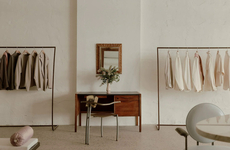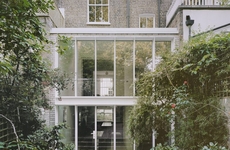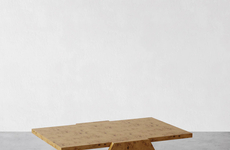
Atelier Projectiles has Created the D-Day Museum in Normandy
Amy Duong — August 22, 2024 — Art & Design
References: projectiles.net & dezeen
French design studio Atelier Projectiles has created the D-Day Museum located in Normandy, France. It is a fully-glazed building with concrete framing the structure. The museum was originally started in 1954 and was the first to honor the D-Day landings. The new museum highlights one of the five beaches during the Second World War, in which the soldiers landed. The team wanted to create a building that would be open to this with a high facade wrapped in concrete interiors.
The founding associate, Daniel Mészáros speaks on the design project, sharing "The museum’s relation to the territory is fundamental. Its position makes it an observatory. This landscape museum is imagined as a 'whole' belonging to a much vaster museum system stretching from east to west (from cliff to cliff) and from north to south (the horizon of the village)."
Image Credit: Antoine Cardi
The founding associate, Daniel Mészáros speaks on the design project, sharing "The museum’s relation to the territory is fundamental. Its position makes it an observatory. This landscape museum is imagined as a 'whole' belonging to a much vaster museum system stretching from east to west (from cliff to cliff) and from north to south (the horizon of the village)."
Image Credit: Antoine Cardi
Trend Themes
1. Historical Architecture Revival - The integration of modern design with historical significance presents new opportunities for creating engaging, educational spaces.
2. Concrete-framed Transparent Structures - Transparent facades framed with concrete provide a unique way to blend sturdiness with aesthetic openness in architectural designs.
3. Landscape-inclusive Museums - Museums designed to harmonize with their surrounding landscapes can enhance visitor experiences while preserving historical narratives.
Industry Implications
1. Architectural Design - Innovative approaches in architectural design can transform traditional building norms by integrating modern materials with historical context.
2. Cultural Heritage Preservation - Combining contemporary design elements with historical structures offers a novel method for preserving and showcasing cultural heritage.
3. Tourism and Hospitality - Enhanced museum designs that emphasize historical and geographical significance can boost tourism and provide richer experiences for visitors.
2.5
Score
Popularity
Activity
Freshness























